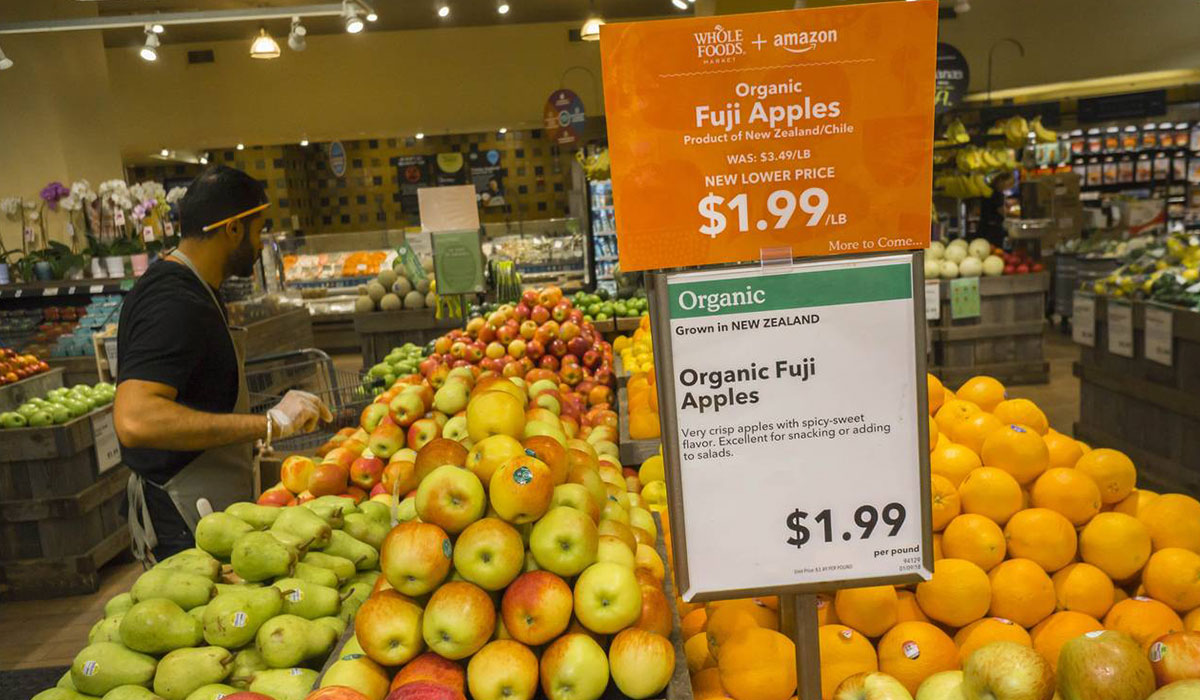
Can Whole Foods maintain its identity under Amazon’s control?
8 months since the acquisition, Amazon has clearly put a stamp on Whole Food stores. While it is clear these changes will help increase sales, efficiency, profitability and footfall; could they also put in danger the grocer’s identity and brand loyalty?
The importance of company identity has been well documented. History has shown us that those companies that stay true to their identity have performed better over time. From Aldi’s relentless focus on frugality and simplicity to Alibaba’s entire system focussing on living their mission “to make it easy to do business everywhere”.
So how is Amazon shaping Whole Foods?
Which changes can already be seen in store?
- Price cuts, straight from day one.
- Whole foods private label is now more widely available via Amazon platforms.
- Free 2-hour delivery of groceries and other goods from Whole Foods will be trialled in 4 cities in the US.
- Prime Amazon credit-card holders now get 5% cash back at Whole Foods and non-Prime subscribers get a 3% cash back.
- Amazon Prime members get special discounts. Amazon Prime will replace Whole Foods loyalty program.
- Amazon tech like Echo Dot, Amazon Echo, Fire TV, Kindle e-readers and Fire tablets can now be found in selected Whole Foods stores.
- Amazon lockers now located in some Whole Foods stores.

What is not seen in stores:
- Centralizing buying and cost reductions: While price cuts are welcomed by consumers, there seems to be a downside for suppliers.
According to the Wall Street Journal, suppliers of both Amazon and Whole Foods are being asked to pay more or give greater discounts to feature their products in highly-trafficked areas and most visible shelving spaces in Whole Foods stores. - Although not confirmed, there are signs that Amazon may be interested in expanding their food range outside their traditional high end organic offer. This move should not come as a surprise if the aim is to increase customer base and higher profitability, which mainstream products do.
Whole Foods has built its reputation on being the fanciest grocery store. But Whole Foods branding isn’t just about buying trendy, healthy, organic food. The Whole Foods identity is about validating certain life choices of the people who shop there. Shoppers who believe organic is healthier than non-organic, those who buy organic for moral reasons and who prefer to spend their money on experiences as opposed to things. The aspirational class.
On the other hand, and mostly because of their wide product range, Amazon has maintained a remarkably class-free identity.
What will be the outlook for Whole Foods in the future? Can Amazon use the Whole Foods acquisition to make organic, high-quality food a less exclusive domain whilst still maintaining their identity? Or will Whole Foods move closer to a mainstream grocer with universal appeal?
By Luciana VeccoKeep in Touch
Read more about what we do and how we can help your business achieve its full potential
Drop us a line